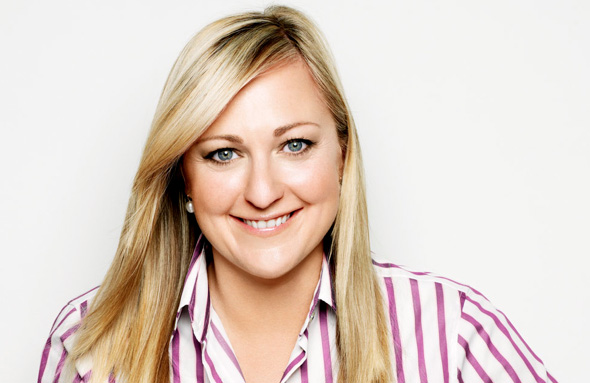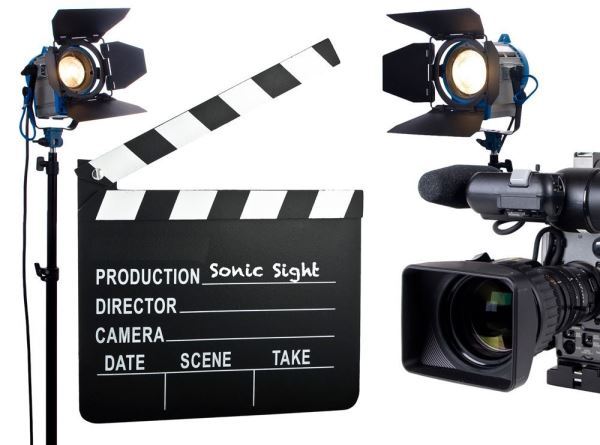Search Engine Optimisation – or SEO – is always a hot topic because it is so important – it allows your business to be found online with ease. It’s also been a hot topic because in the past, it’s been shrouded in mystery. It’s an area of business people need to be made aware of – if you get it wrong and Google penalises you, the consequences are dire.
In the past, SEO was a challenging game to play; a big industry grew around it which continued to perpetuate the view that if you were going to make it to page one on the search engine results page, you needed an expert who knew how to manage the search engine in the way that no ordinary digital marketer could. This is not the case anymore. Google wants transparency and actively discourages any smoke and mirrors search engine optimisation tactics.
So what is Search Engine Optimisation today?
Here’s a definition – Search Engine Optimisation is a set of techniques applied to your website so that the search engine (usually Google in Australia) recognises your site as relevant to a search query entered by the user. The search results that come from a user entering a search query is called a search engine results page or SERP.
The aim of SEO is to have the links to your pages appear naturally or organically on page one of the SERP. Consumer behaviour has changed, and these days we don’t usually go beyond page one of the search engine’s results pages to find what we’re looking for. If we don’t find what we want on the first page, we simply refine our search query or keywords. The position of the links on the search engine results page is a result of SEO techniques.
Why is Search Engine Optimisation the business of everyone in the business?
SEO and content are today’s dancing partners – the ice cream and jelly of digital marketing. The SEO process starts with keywords, and it’s no longer just the job of the digital marketing team to think about these keywords. Defining keywords helps a business understand what it represents for its customers – what value or solution the business provides to its customers and what business it is really in.
What do I mean by this? Here’s an example. I recently ran through a keyword exercise with a doctor for her general practice. We started with the big headings; womens health; mens health, etc. Then I asked – what do you do in these areas? The answer I got was thorough and technical – a lot of terms that I could not understand. The next question – if your customers were looking for that service, what would they type into a search engine? That’s when we get to the real value, finding the words that your customers would use to find your product or service. Only then can we build out a strategy for SEO and establish a framework that informs website navigation and where the content will go. Would the doctor have thought she would be part of determining the SEO structure for the buinsess? No, she didn’t. Will the GP be doing the SEO? No, she wont be. But as you can see from the example, she is an essential part of its success.
Any content creator in the business also needs to know the keywords for the business and the SEO strategy. In the case of the doctor’s business, that is going to include the receptionists, the practice nurse and the other doctors in the practice, all of whom write some form of content that will most likely be published on the website (as well as used in other formats).
Link Building is a lot like Public Relations
SEO includes ‘on-page’ techniques, using your keywords in the URL, page title, headings, content and images; as well as ‘off-page’ techniques, which is essentially having other sites link to your site. Anchor text are the words or phrases on the site that links to yours containing the hyperlink to your site. These should be your keywords. You can understand that “click here” or “learn more” won’t do a lot for you. Links and anchor text should always make sense to the visitor. This is a way you can assess quality. If a link or anchor text looks weird or out of place, like it doesn’t belong, then it doesn’t.
If your customers were looking for that service, what would they type into a search engine? That’s when we get to the real value, finding the words that your customers would use to find your product or service
Good linking is helped by having active social media profiles and publishing a quality blog that others link to. But it’s also simply a matter of ensuring that businesses and organisations that you do business with have links to your site on theirs. Look to your partners, organisations that you sponsor, your community affiliations. Does that university business school that your CEO just made a speech to have a link along with the info and pic about the event? Does that sports team you support have a number of links to your site? What about the sponsorship you make to the local training awards program, is there a link from their site to yours? You check and if not, you make the phone call or send the email and ask that the link be made and then you check again. If every organisation you partner with in a variety of ways over time included links from their site to yours, your off-page SEO would be doing well.
What can you do about making SEO the business of everyone in the business?
It’s likely that most people in the business, outside of marketing, have little idea of what SEO is, and even if they do, they won’t think that they have anything to do with it.
Here are my top five tips for increasing the focus of everyone in the business on SEO.
- It starts with education. How this happens in businesses varies greatly but even the very simple “paper bag lunch” training session will go a long way.
- During your training, avoid technicalities and keep it simple. Playing a keyword game is a great place to start. Choose a topic and have everyone come up with three different words or phrases that they would type into a search engine if they were looking for that thing. Run some live tests and show the results.
- Demonstrate how other businesses in your sector are using keywords by visiting a few sites. Show page titles and URLs, as well as content, headings and subheadings and images for sites that have good SEO structure and ones that don’t.
- Inform everyone what the target keywords are and benchmark your performance for those. After some dedicated keyword -focused SEO work, celebrate your success as you move up the rankings in Google.
- Set a quality ‘link’ challenge. How many links can your team generate over a month or two?
What are your tips to encourage your organisation to focus on SEO?
Beth Powell
Beth Powell is the founder of Digital Marketing Club, a coaching and support program for marketers and non-marketers that provides direct answers to your questions about your own digital marketing and gets your roadblocks unstuck. She has become known as the go-to person for clear explanations about how digital marketing works and how businesses can use the various solutions to improve their marketing and grow their business. Beth is a sought after conference speaker and author of the soon to be published book “Drive More Business: A 5 step Guide to Digital Marketing for Auto Dealers”. For more information, email info@digitalmarketingclub.com.au.




![robyn-foyster[1]](https://lhagenda.com/wp-content/uploads/2015/11/robyn-foyster1.jpg) Robyn Foyster’s career straddles the established heritage media and its upstart disruptor, social media.
Robyn Foyster’s career straddles the established heritage media and its upstart disruptor, social media. From Fleet Street, Robyn moved to Los Angeles, and wrote columns for Today, the Sunday Times and the Mail on Sunday in Britain, and The Australian Women’s Weekly. Los Angeles also saw her first foray into broadcast media, delivering reports on-camera for the UK’s Big Breakfast television show. This ultimately led to her return to the UK to join GMTV, which had won the contract to broadcast the breakfast program on British commercial television in the early 1990s. She was responsible for driving the profile of the program to the point that it became the natural choice for show business stars of the calibre and popularity of the Spice Girls, BoysZone, and Diana Ross when on tour. The appearance of the Spice Girls on GMTV was their first television appearance.
From Fleet Street, Robyn moved to Los Angeles, and wrote columns for Today, the Sunday Times and the Mail on Sunday in Britain, and The Australian Women’s Weekly. Los Angeles also saw her first foray into broadcast media, delivering reports on-camera for the UK’s Big Breakfast television show. This ultimately led to her return to the UK to join GMTV, which had won the contract to broadcast the breakfast program on British commercial television in the early 1990s. She was responsible for driving the profile of the program to the point that it became the natural choice for show business stars of the calibre and popularity of the Spice Girls, BoysZone, and Diana Ross when on tour. The appearance of the Spice Girls on GMTV was their first television appearance.





